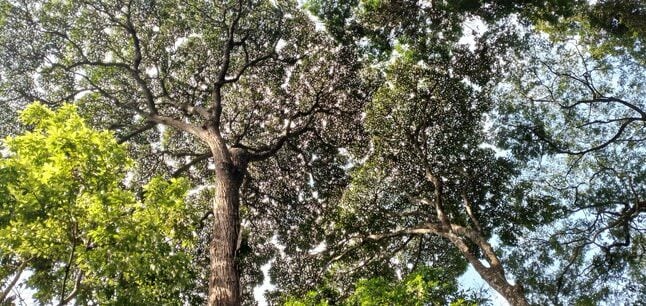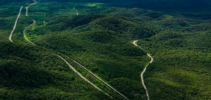“In my work, the emphasis was on environmental restoration regions, which is different from reforestation from a technical point of view. Reforestation is placing plants in a given area without taking into account the context of the region, while environmental restoration seeks methods to restore vegetation based on information from each location. However, the diversity of native Atlantic Forest plants available for this process is still low”, points out researcher Crislaine de Almeida.
ADVERTISING
She is the author of the doctoral study 'What is planted in the restoration of the Atlantic Forest: a floristic and functional analysis', carried out at Esalq and the Silviculture and Forestry Research Laboratory (Laspef) at the Federal University of São Carlos (UFSCar).

Image: Twitter
The researcher analyzed data from areas replanted from 2002 to 2018 (recorded by SOS Mata Atlântica) and compared it with data from remaining forests, that is, those that remained intact, without human action and, therefore, preserve the original biodiversity of the forest. Atlantic forest.
The research confirmed the thesis idea of a certain standardization of restoration actions that did not portray the diversity of the original forest, confirming the scientists' field observation, with concrete data.
ADVERTISING
Restoration regions use available seedlings grown in nurseries, which prioritize fast-growing species with available seeds, without reproducing plant diversity.
“However, this does not mean that the forest always remains the same. At first glance, it seems bad, but we will only know this in the future, with more studies”, explains Professor Ricardo Viani, research advisor and professor at UFSCar.
Other studies guided by the teacher seek to verify how these areas develop over time.
ADVERTISING
“The first hypothesis”, according to the researcher, “is that the trees planted initially encourage the arrival of other diverse species brought by natural means of seed dispersal and plant diversity increases. Therefore, what we plant is not as relevant and the forest can go back to what it was. On the other hand, if what is growing under the trees planted in the restoration is similar, we will have to increase the representation of the native flora of each space”, assesses Viani.
(Source: Jornal da USP/Ana Fukui)
See also:




